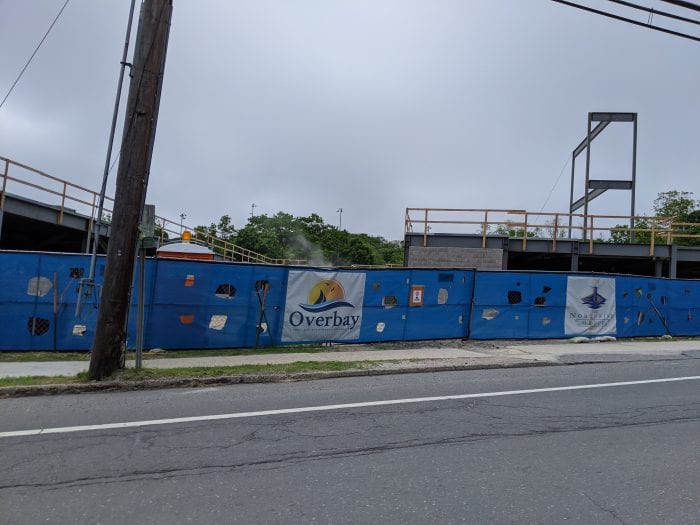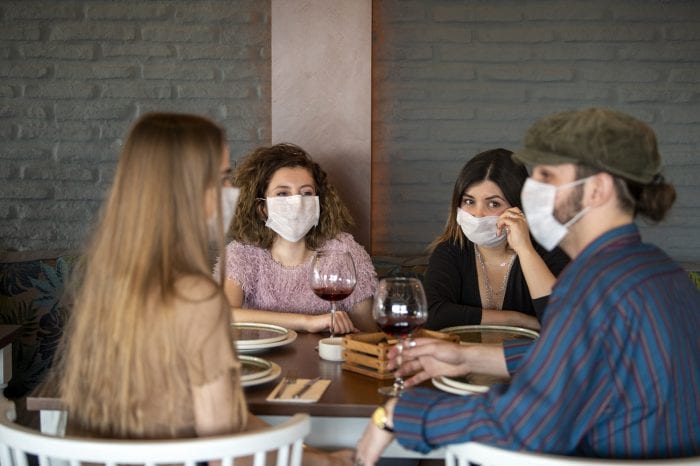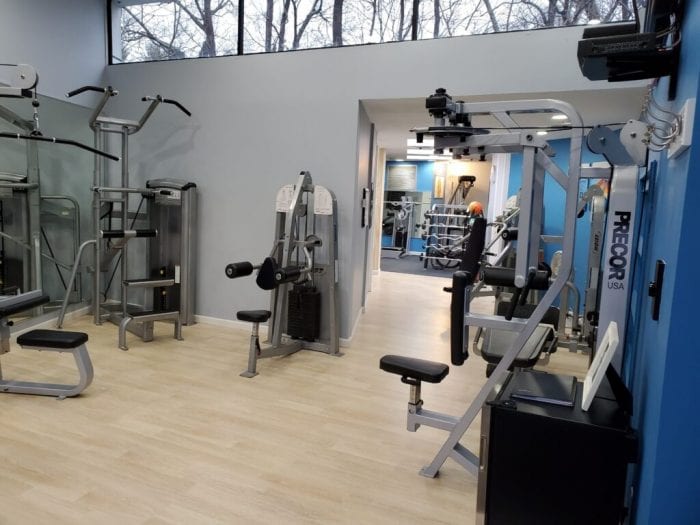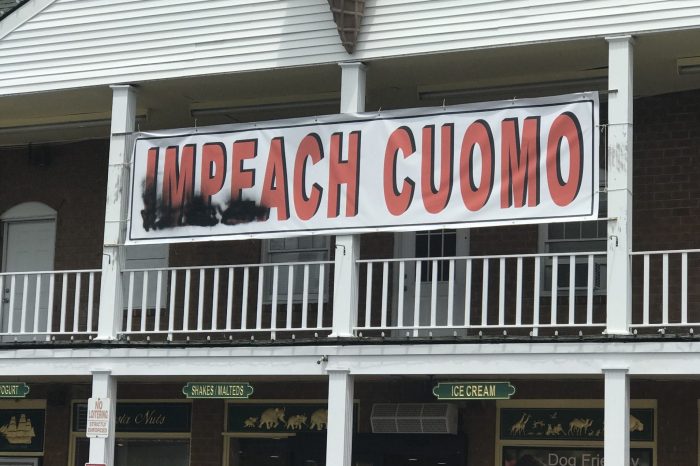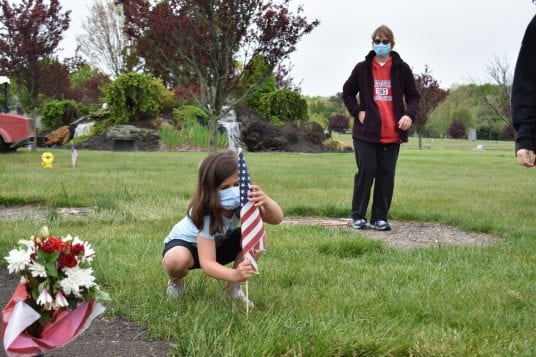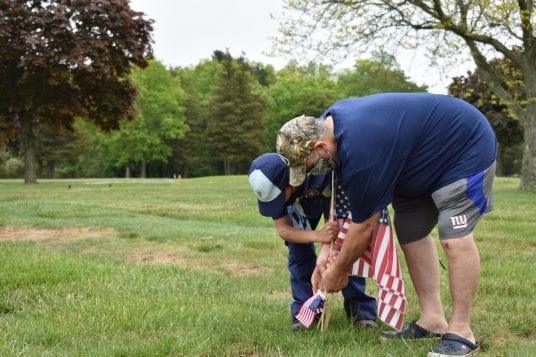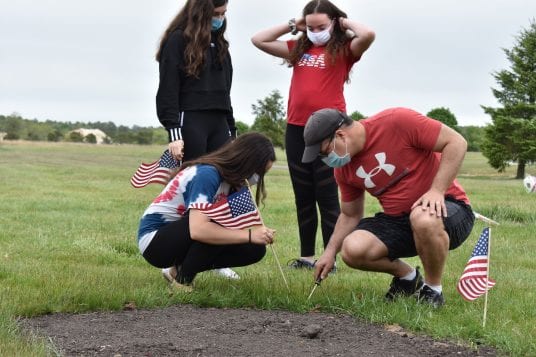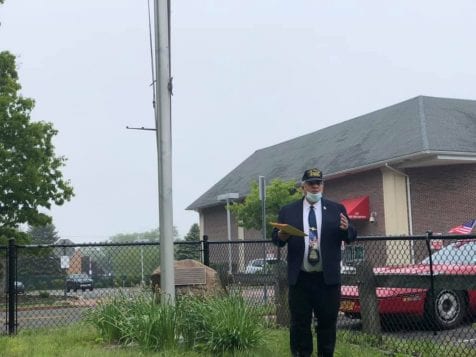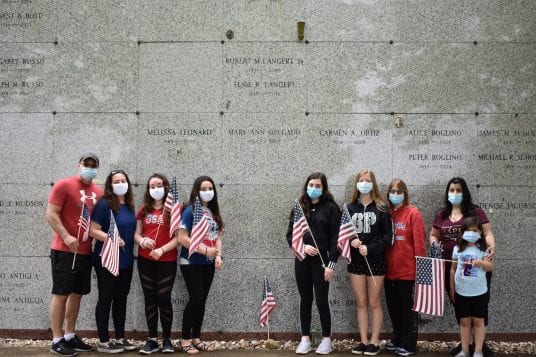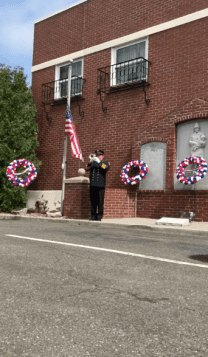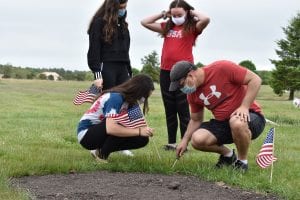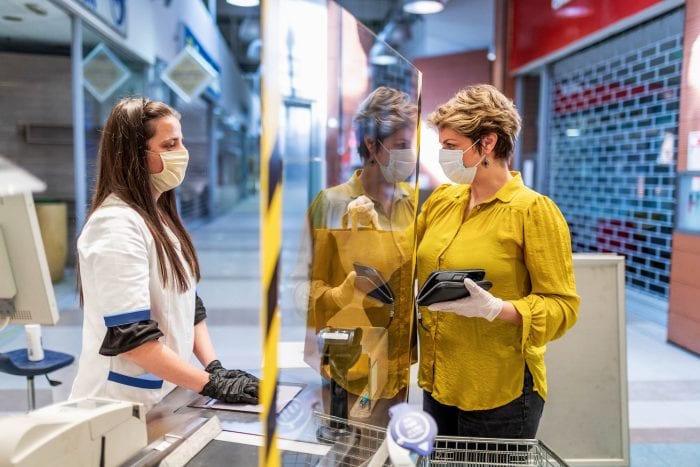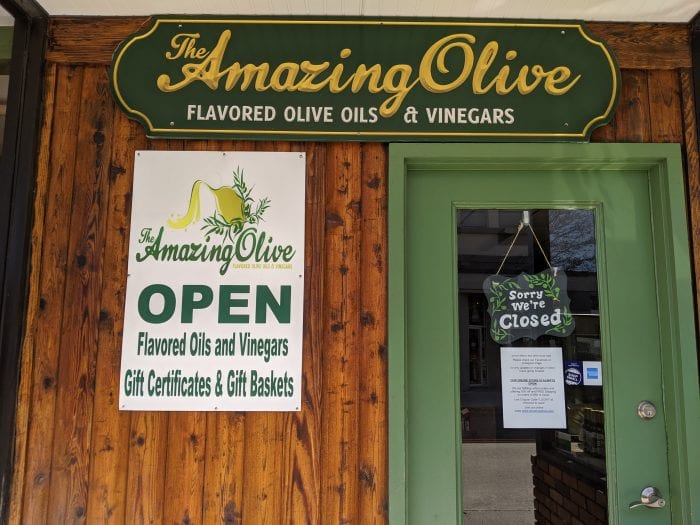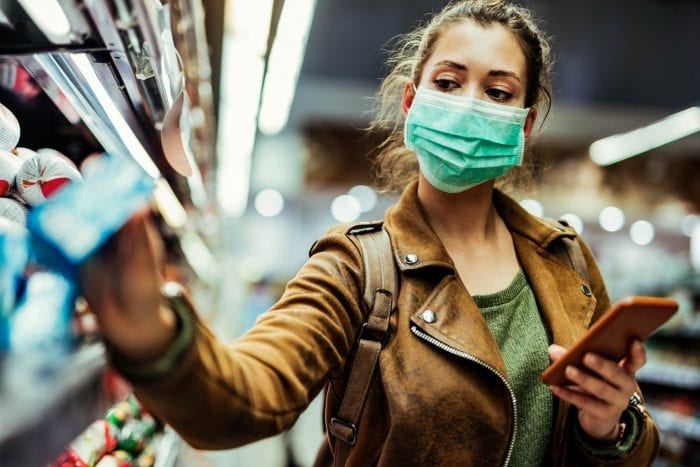With construction sites in Port Jeff put on pause due to the pandemic, Main Street has seen and heard a significant lack of hammers and power tools. But as Long Island begins the reopening process, with Phase 1 allowing for construction to start again, local projects are planning their restarts, though this time with additional precautions.
With its skeleton left exposed for the past two months, the Overbay Apartment Complex is now once again set for continued construction. Located along West Broadway next to the Shipyard complex, Overbay started its construction again Wednesday morning.
Overbay LLC, a subsidiary of Hauppauge-based The Northwind Group, has been in front of the project since the land was first purchased in 2013 for $1.8 million.
Jim Tsunis, managing member of Northwind, said there are no site plan changes from what was finalized several months ago, though it will be some time before he can relate the new timeline for when construction will finish and for people to start moving in.
“It feels great to be back up and running — I’m hoping all other businesses will reopen soon,” Tsunis said. “It’s been an extremely tough time for all residents over the last couple of months.”
Otherwise, in terms of safety, he said his office has received reopening affirmation from the state and workers would adhere to the New York COVID-19 construction safety guidelines, where construction workers try to maintain some distance during operations.
The 54,000-square-foot “nautical style” apartment building will be on the now-vacant site of the former Islander Boat Center building, which was demolished in 2017.
The complex is set to consist of 52 rentals with each expected to be 1,000 square feet each. Amenities include an 800-square-foot common room and a fitness facility. The complex will also contain an office area.
Parking will consist of 83 parking stalls for residents of Overbay and their guests. Parking is expected to be located on the exterior of the facility to the side and rear. The property borders a small creek on its southern end.
Another site, the Brookport apartments, is going where once sat Cappy’s Carpets. The area has remained cleared for weeks despite the original building being demolished and pilings already installed.
Brooks Partners LLC, the company name attached to the project, is a subsidiary of Port Jefferson-based The Gitto Group. Rob Gitto, vice president of the group, did not respond to email and phone requests for comment by press time.
The apartment complex will include 46 units and a set of retail shops underneath. Designs intend it to fit in amongst surrounding stores including the neighboring CVS, whose property is also owned by The Gitto Group. The project is set to have 78 spaces of parking for its residents and for those working in the retail stores.
Both apartment complexes have received a payment in lieu of tax agreement from the Brookhaven Industrial Development Agency.

